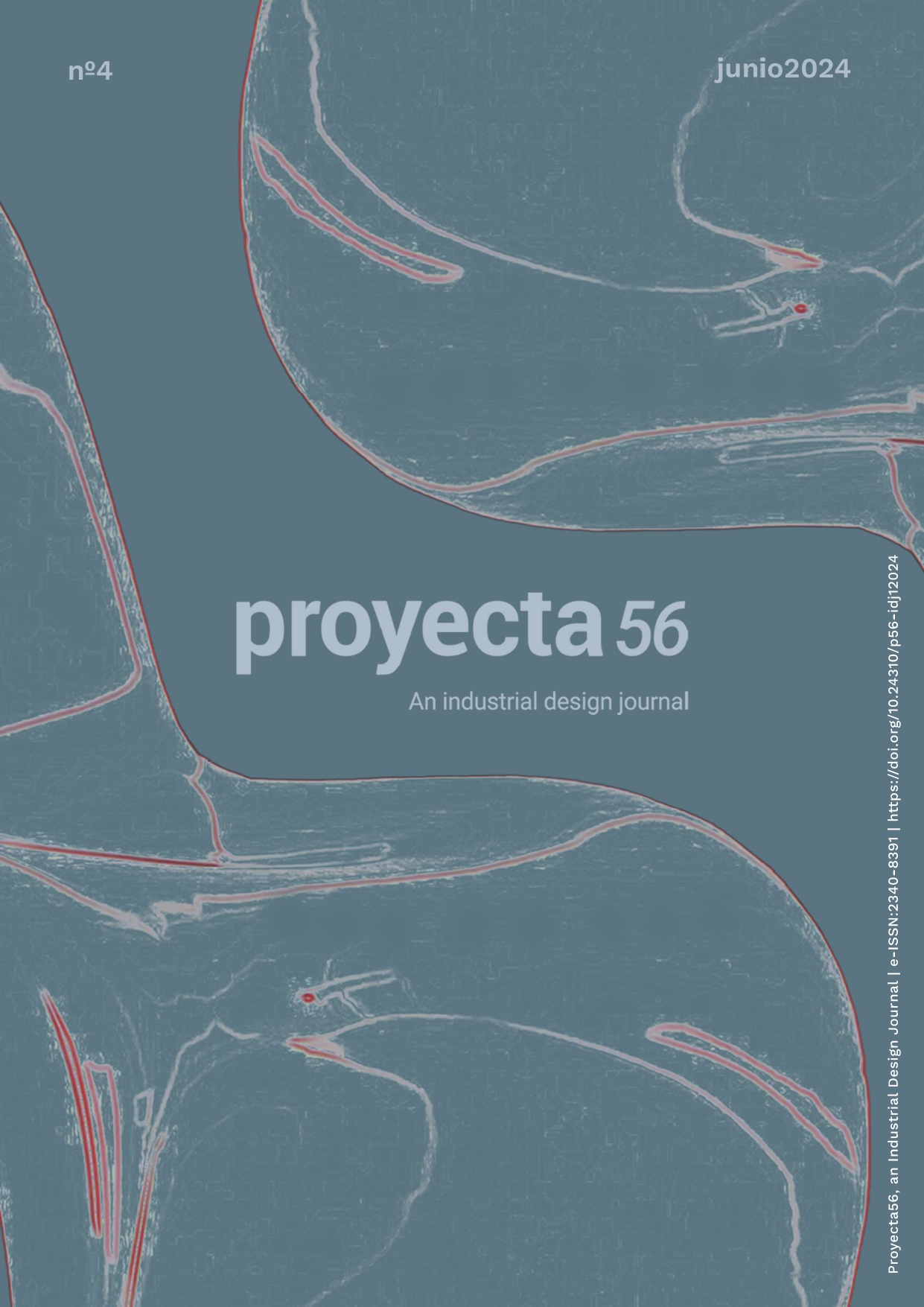From theory to practice. A protocol for the experiential characterization of the expressive-sensory qualities of (native) woods (from Chile).
DOI:
https://doi.org/10.24310/p56-idj1202420095Keywords:
Wood, Industrial design, experiential characterization, Chile, Design research, Design and emotionsAbstract
This paper presents the initial theoretical definition and subsequent implementation of an experimental protocol applied in a study conducted in Chile between 2019 and 2022. The study aimed to characterize the expressive-sensory qualities of 15 native wood species. This type of characterization, which complements the definitions of technical properties (such as hardness or strength), is significant for the Design discipline. Providing professionals with information on the perceptions, emotions and meanings that people attribute to materials, known as “materials experience”.
Through literature review, expert consultation and a selection of methods previously used in this field, a characterization experience was developed by more than 200 participants, including students and professionals in the fields of design, architecture, decoration and craftsmanship. These participants, from a stratified sample proportional to the population by region of Chile, interacted multimodally with physical samples of wood to report their perceptions through a survey. In addition, biometric data were captured on their facial expressions and gaze position.
The results allowed the elaboration of comparative graphs showing the qualities of each species, which are freely accessible.
The article addresses the concept of experiential characterization of materials, focusing on wood and details the definition and implementation of the experience, documenting the process over the results, as valuable knowledge for researchers and design professionals.






